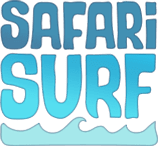Panama’s serpentine dual coastlines have been attracting surfers for decades. The heavy military, industrial, and financial presence of the United States in Panama during the twentieth century led to the inevitable surf exploration of both coastlines during the seventies and eighties. As Central America’s most populated country, one would assume that Panama’s waves break onto densely populated beaches with fancy high-rise hotels just beyond the sand, but that is far from the case. Panama’s coastlines wind southward from Costa Rica to Columbia in an S shape pattern for nearly 500 miles. Both sides of the country are teaming with world-class waves just begging to be surfed. While there’s plenty of untouched coastline littered with points, reef passes, and beach breaks, most surfers find themselves in one of four areas between Panama’s two coasts. To find out more about the wave in Playa Venao and Panama’s other world-class setups, continue reading below.
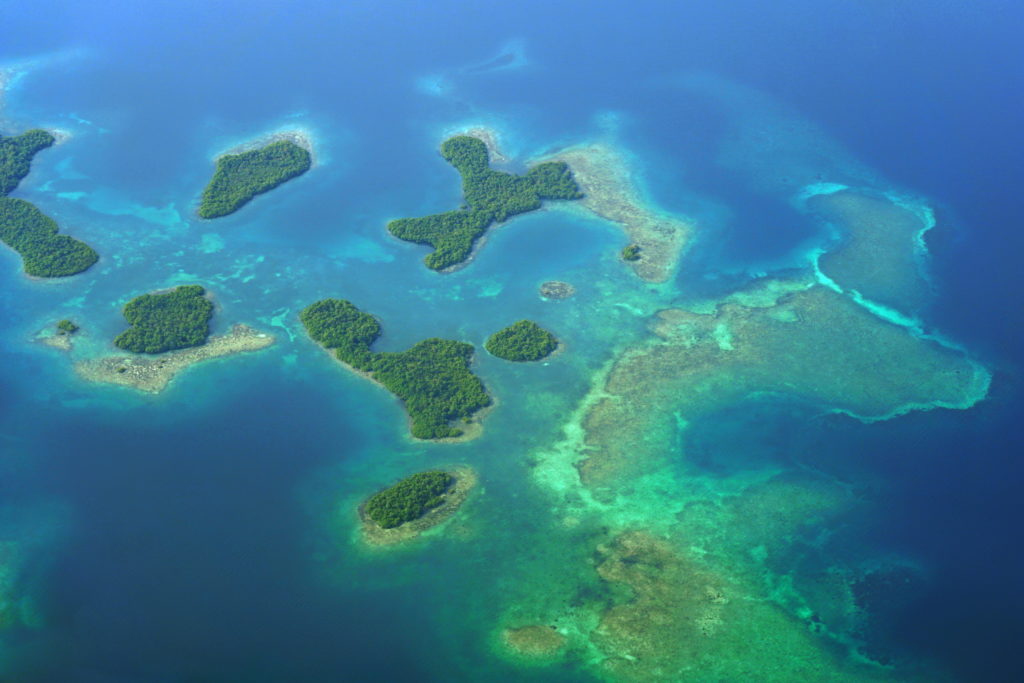
Bocas Del Toro
Bocas Del Toro is a province that consists of an archipelago dotting the turquoise water of the Caribbean Sea offshore of the Panamanian mainland. Bocas del Toro is known for its lax island lifestyle, its heavy winter waves, and, more recently, rum cocktails. The island chain is home to a variety of notable waves, including the famed big-wave spot SilverBacks. Because Bocas De Toro is in the Caribbean, not the vast Pacific or Atlantic, its swell season is limited to the North American Winter months. The area consists of a series of reef passes that transform powerful winter swells into hollow, picturesque waves. Most of Bocas Del Toro’s renowned reef passes are accessed by boat, giving trips to the region an adventurous feel. The main island in the chain, Isla Colon, is home to many of the area’s famous waves and boasts dozens of lodging options.
Cambutal
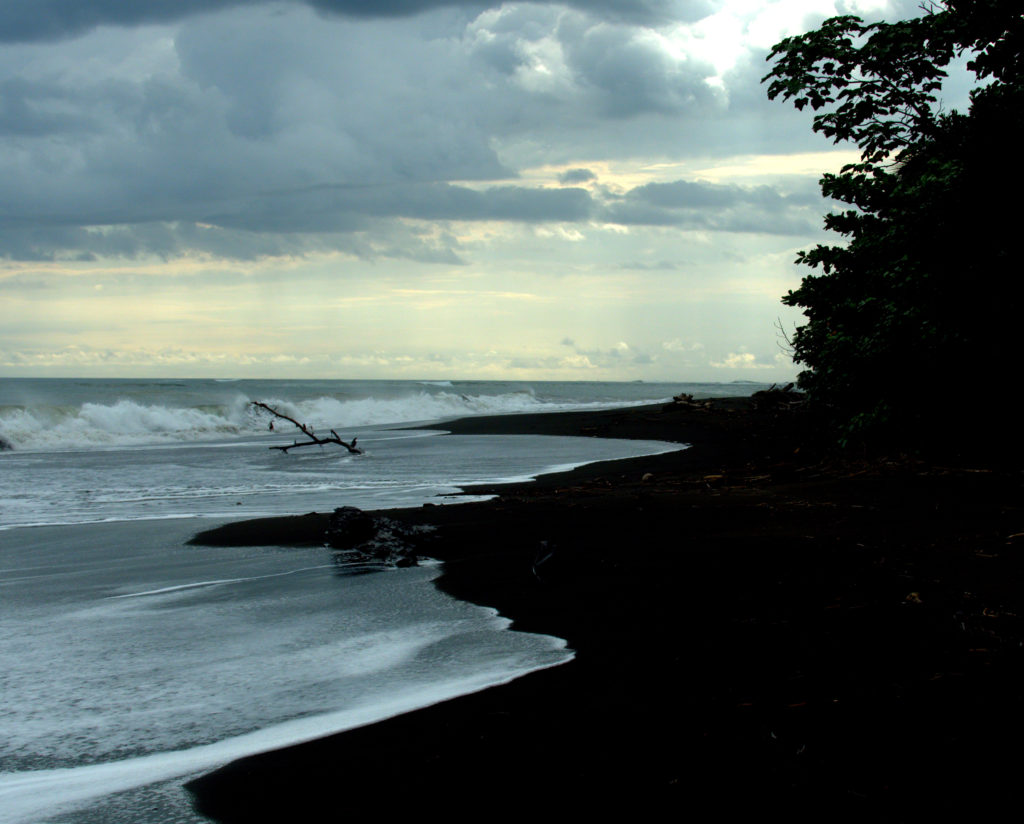
Further west past Playa Venao on the Azuero Peninsula on Panama’s Pacific Coast, Cambutal offers traveling surfers a variety of secluded spots on the south-facing coastline. Like our home break in Panama, Playa Venao, Cambutal faces completely south, catching virtually every south swell that travels up from the Antarctic. Cambutal works year-round but sees the most swell from May to August, and the best winds from November to April. If you’re an experienced surfer looking to score, travel during the swell season. If you’re a beginner or intermediate surfer trying to progress, the Dry Season will produce ideal learning conditions.
Santa Catalina
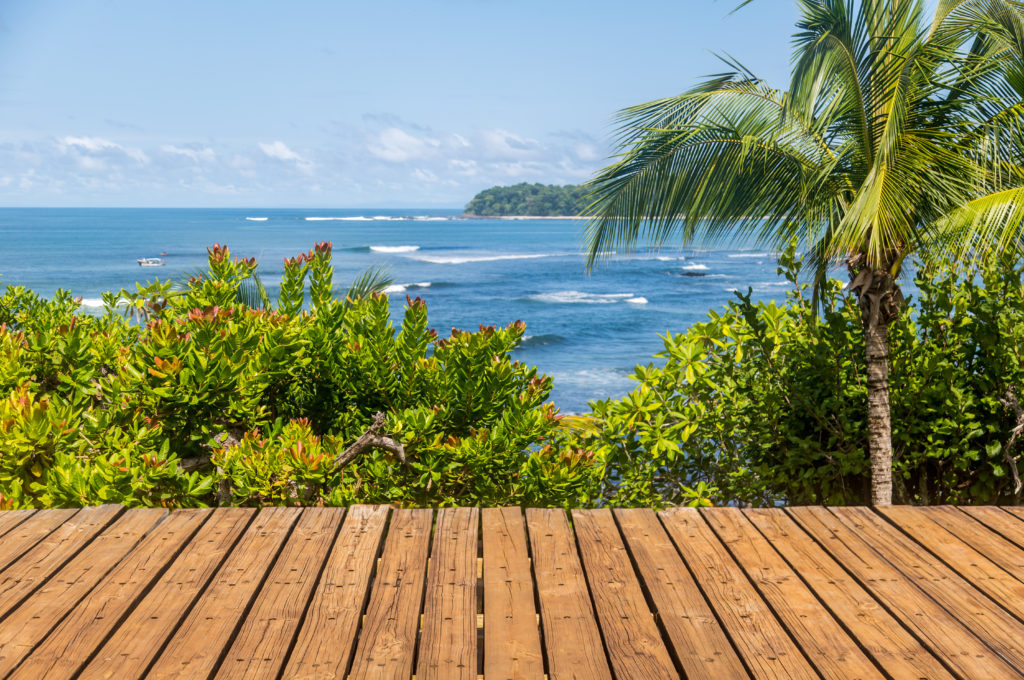
Further northwest on Panama’s S-shaped coastline, Santa Catalina sits in the shadow of Coiba Island on the Pacific coast and is home to the country’s best right-hand point break. Due to the proximity of Santa Catalina to Coiba Island (1 hour by boat), Santa Catalina is more of a dive town than a surf town. Coiba Island is a former island penal colony that shut down in 2004. Because of the island’s isolated nature as a penal colony, nature flourished and endemic species developed, like what happened in the Galapagos. Today, Coiba Island is part of a vast national park system encompassing the main island and its surrounding islands. The area is one of the best dive sites in Central America and perhaps the best Whale Shark dive site in the world. The wave in Santa Catalina is a righthand point break that peels off a lava rock outcrop a few hundred yards from shore. The wave is best at high tide and holds serious size. At low tide, the rocky reef is exposed in several places.
Playa Venao
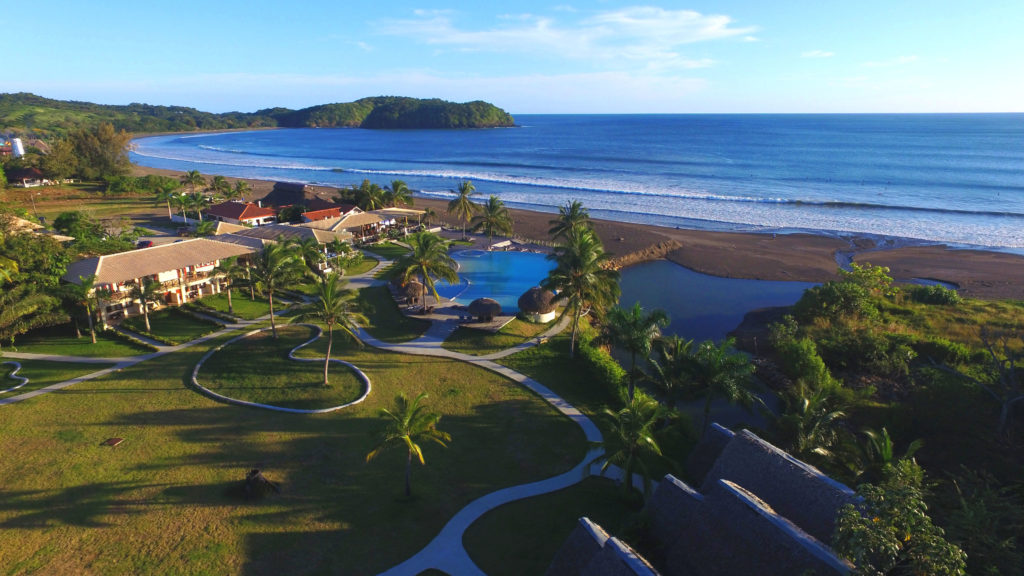
We saved the best for last. Playa Venao is our home break at our Panama surf school and has a wave for every level of surfer. Located on the Azuero Peninsula, this south-facing beach break picks up any swell that comes its way. The magic of Playa Venao lies in its crescent shape. While the south-facing beachie picks up sizable swells, especially during the summer, surfers can find smaller, more beginner-friendly waves at either end of the cove. So, when it’s six feet in the middle of the beach, to the delight of experienced surfers, we can run lessons on the far ends of the cove in more manageable surf for learning.
Panama’s coastline is full of twists and turns, many of which are far from any major road, so the country is as wave-rich as they come. Our home break in Playa Venao is the cream of the crop, with a wave for every level of surfer, plenty of room to spread out and find your own peak, and with lots to do out of the water.

